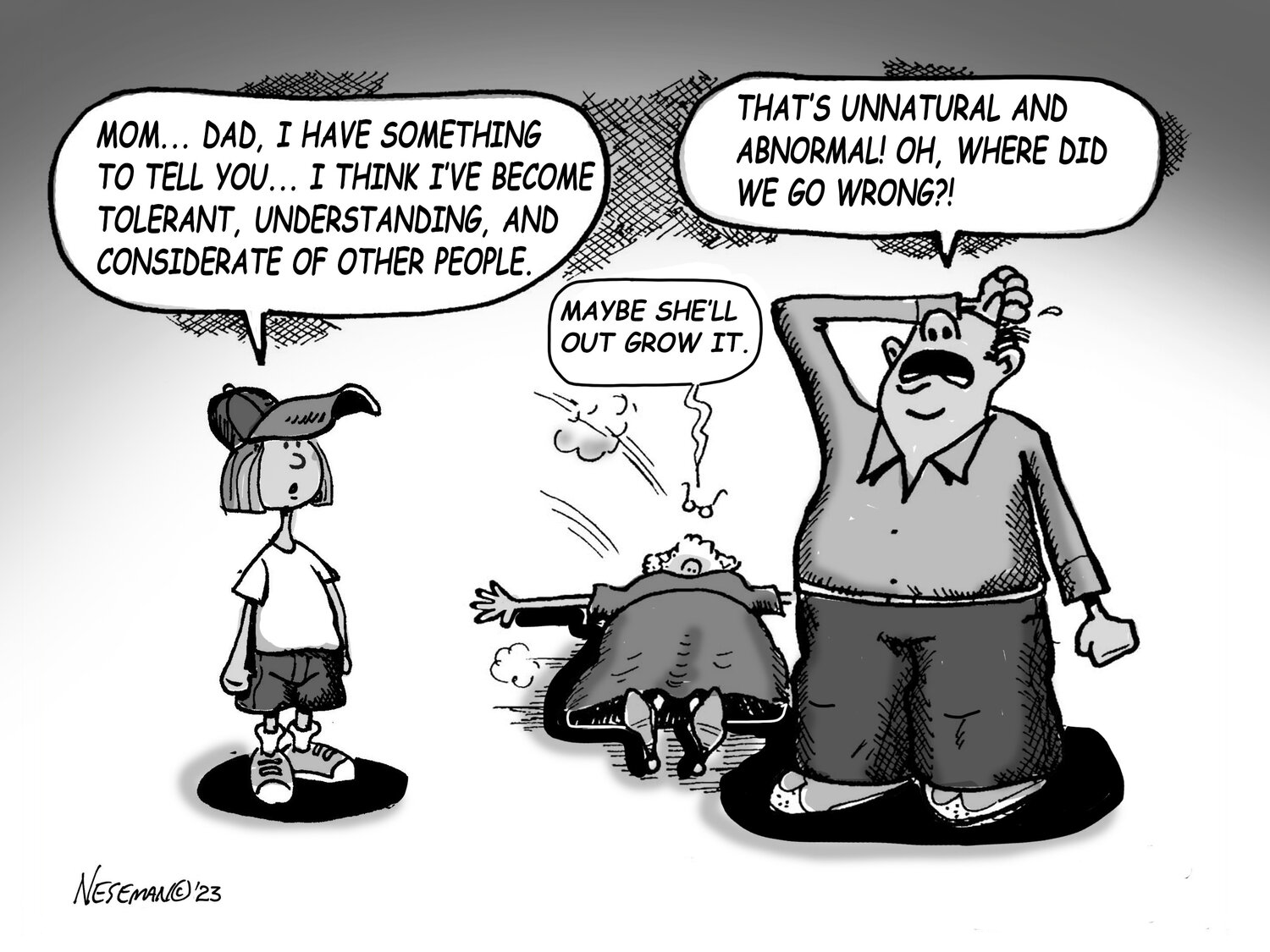Climate change is real: Here’s what it looks like
If anyone had any remaining questions about whether or not climate change exists, all they had to do was look outside last Wednesday and Thursday. That amber smog was not an impending thunderstorm.
Smoke from hundreds of fires burning in southern Canada, hundreds of miles north of Riverdale Avenue, created a dystopian, Mars-like experience for all who work and live in the city. As soon as the smoke wafted over most of the Northeast and even parts of the South and Midwest, in this post-Covid world people did the most natural thing. They dusted off their KN95 and N95 masks and pulled them on before venturing out.
The masks were not being used to protect themselves from a deadly virus. Instead, they were needed to ward off the carbon monoxide, sulfur dioxide and nitrogen dioxide in the air from Canadian fires. The most dangerous particles are ground-level ozone and airborne particles. It’s accepted science that breathing tiny particles of soot and dust can irritate the lining of the airways, and that even smaller particles, known as volatile organic compounds can make their way into your bloodstream from your lungs.
On June 7, the air quality index in the Bronx and the rest of New York City reached well over 480, which is exceedingly unhealthy. For a time the city had the worst air quality of any on earth. And this was all because of fires in Canada. Granted, the index improved to 174 on June 8 and regular levels by the weekend.
Mayor Eric Adams and other local and state officials spread the message for people to stay inside as much as possible, close windows and doors, use air purifiers, and for those with breathing or heart problems who had to be outside, don a high-quality mask. As expected, outdoor events were canceled, and public schools — some of which were already closed to students for teacher training — transitioned to virtual classes.
A phenomenon like a pandemic eventually fades, while an epochal one like climate change remains a part of life. The impact of Covid has gradually dissipated, thanks to sheer vigilance and the widespread use of vaccinations. But the temperature increases of land and oceans are causing ever more destructive weather — superstorms, droughts, atmospheric rivers, apocalyptic forest fires.
What are we to do? Just accept such events as part of living in a climate-changing world, or urge government officials to do something? There is no quick fix at this point.
We are now seeing the undeniable effects of climate change. It is here, and it is not going away. Year by year, it becomes ever more remotely possible to reverse it, even if more countries sign on to treaties to become carbon neutral.
Consider the amber smog a lung-searing warning that something has to be done as soon as possible.






